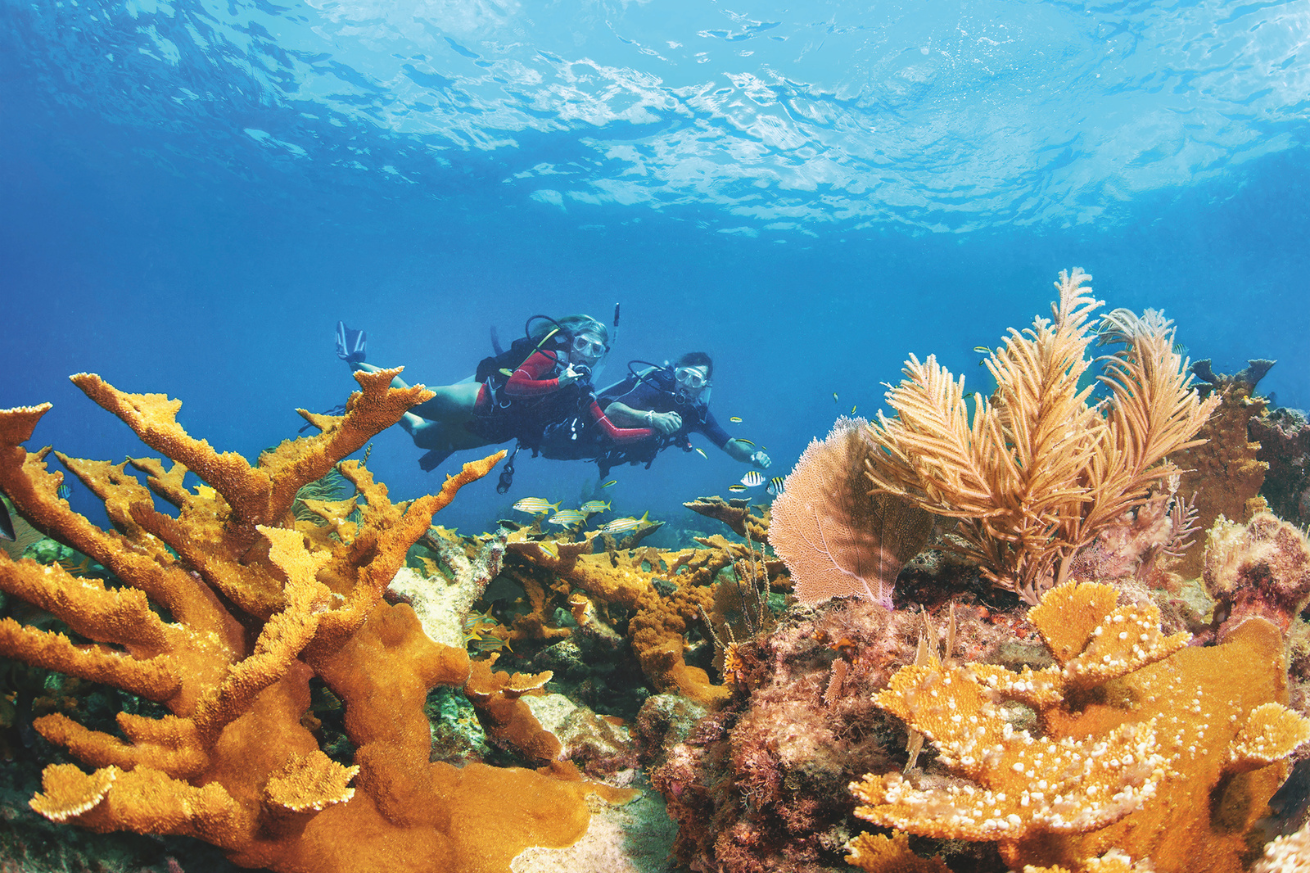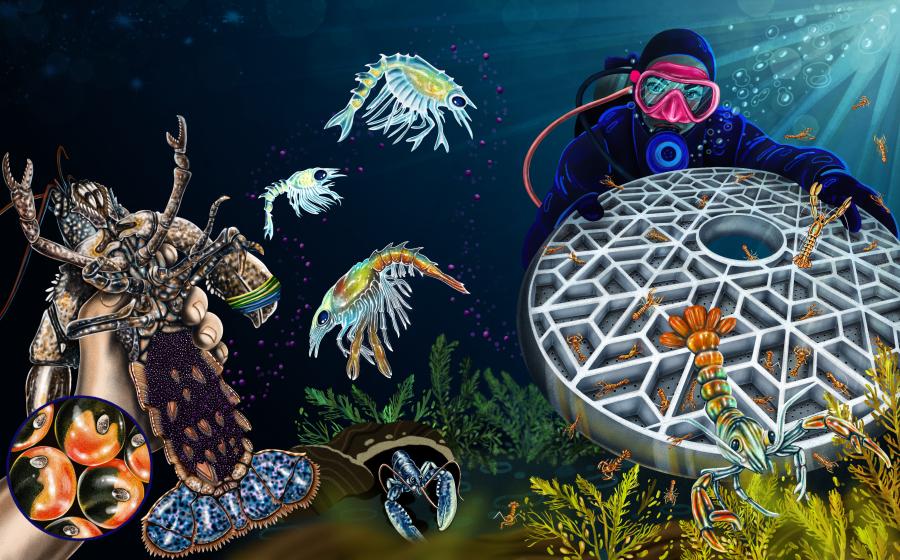Getting Scuba Certified in The Florida Keys
A well-known travel adage goes: The world is a book, and those who do not travel read only one page.
Something similar could be said, too, for people who explore the world’s wonders only at surface level.
When you dive underwater into the world’s oceans, seas and freshwater areas, your perspective on the ocean is altered and you are transformed, too. It’s mesmerizing and magical.
Getting your scuba diving certification is like opening a door you didn’t know was right there in plain sight. A new world of beauty, opportunity, fun and bonding opens up in the form of wondrous underwater experiences. Completing your PADI Open Water Diver course is the essential step to becoming a certified diver. And when you do it in a place like The Florida Keys, you’re in for a truly special experience in one of the most beautiful island chains in the world for divers of all abilities.
Ready to get going? To maximize your time enjoying the beautiful weather and warm water of The Florida Keys during a dive certification vacation, you might want to plan to do the eLearning portion of the course before you arrive in Florida. That way, once you touch down in the sun it’s all about getting right into the water to learn new skills and take in so many new views.

Courtesy of the Monroe County Tourist Development CouncilThe Florida Keys are the perfect destination for scuba certification, offering excellent training conditions and a stunning underwater environment.
Training conditions in these warm and clear waters are ideal, with excellent visibility and only minimal currents to contend with. During the summer and autumn months, water temperatures in the mid- to upper 80s mean you can get by with just wearing a light skin or your swimsuit while you dive. During the wintertime, water temperatures dip into the 70s in The Florida Keys, but a 3mm wetsuit can keep you toasty and extend your time underwater while you’re learning and taking it all in.
Best of all, the waters surrounding the entire archipelago are protected, from Biscayne Bay to the Dry Tortugas. The fish-filled underwater terrain here on mostly shallow coral reefs stretches throughout hundreds of islands and cays—it’s what makes learning to dive in The Florida Keys such a special experience.
In the waters just off Key Largo, the Molasses Reef Sanctuary Preservation Area is known for its abundant fish life and an underwater coralscape of spur-and-groove formations and boulders located at depths of just 18 to 35 feet. The warm water and calm conditions are ideal for practicing buoyancy and skills such as buddy breathing, making a giant stride from a boat and mask-clearing.
Islamorada is best known for Alligator Reef, where a patchwork of colorful coral heads in aquamarine waters surround a 136-foot-tall octagonal metal lighthouse structure. It’s a striking scene topside, to be sure, and even more beautiful underwater, where hundreds of species of fish–among them hogfish, porcupinefish and parrotfish–dwell.

Courtesy of the Monroe County Tourist Development CouncilWith numerous PADI Dive Centers, The Florida Keys offer a welcoming and supportive atmosphere for new divers.
Marathon is home to one of the best wreck dives for beginners. Flagler’s Barge sits in just 25 feet of water, close to the shallow formations of neighboring Sombrero Reef, and is the remains of a 100-foot barge’s structure. The wreck absolutely razzles and dazzles—it’s carpeted in a kaleidoscope of vibrant corals and sponges and visited by a nonstop parade of tropical fish such as grunts, wrasse, French and queen angelfish and parrotfish. Swim up close to the beams to look for sheltering arrow crabs and moray eels in coral-covered nooks. In waters this shallow (and as you get better and better with your air consumption), it’s easy to stay underwater for close to the 60-minute mark.
To the south of Big Pine Key, known for the resident key deer living on the island within the National Key Deer Refuge Nature Center, new divers delight at pristine reefs within the Looe Key Sanctuary Preservation Area. Come for another classic spur-and-groove reef system riddled with fish life and a diversity of corals. With most dive sites in the six- to 30-foot range, you can count on lots of bottom time and light.

Courtesy of the Monroe County Tourist Development CouncilThe Florida Keys boast vibrant coral reefs, fascinating shipwrecks, and abundant marine life, making the scuba certification learning experience both educational and unforgettable.
And you’ll want to set your sights on making it all the way to Key West and the end of the Overseas Highway, U.S. 1, with your new certification card in hand, too.
Before you raise a glass to your status as a newly inducted diver in one of Key West’s great bars or restaurants, celebrate with a dive or two within the Western Sambo Reef Reserve. Part of the Florida Keys National Marine Sanctuary, it’s a spectacular reef and protected ecological reserve with the richest habitat diversity in all of the Lower Keys. Look for damselfish, hogfish, schoolmaster snappers and so much more–then pat yourself on the back for getting your scuba diving certification and embarking on a lifetime of learning and adventuring underwater.
Isn’t it time to write your own travel adventure book? Take the first step and get certified in The Florida Keys.

Contact Info
The Florida Keys
1-800-FLA-KEYS
Key Largo:
Islamorada:
Marathon:
Big Pine:
Capt. Hooks Looe Key Reef Adventures
Key West:











